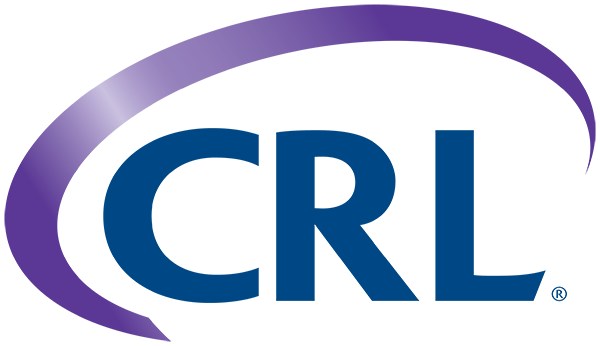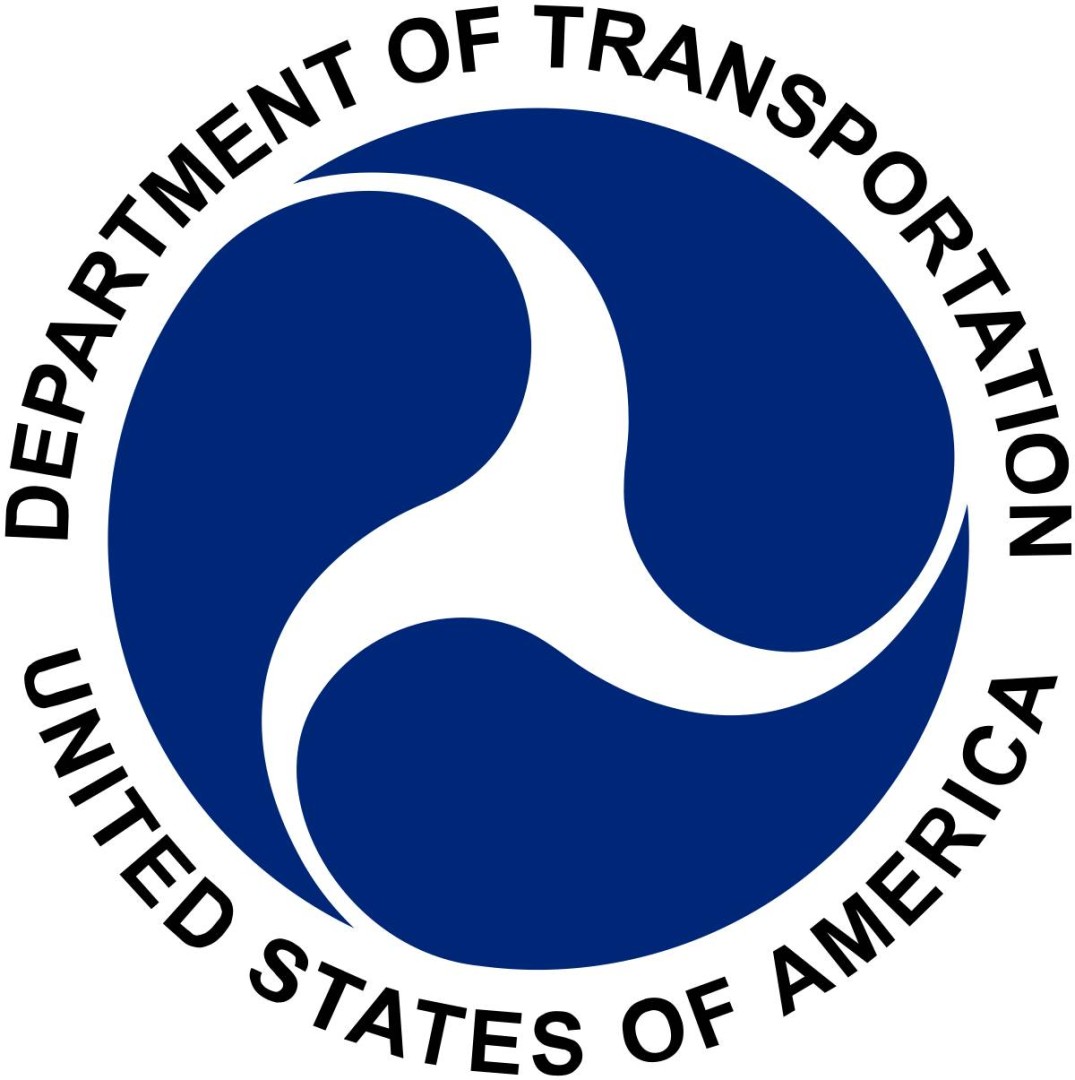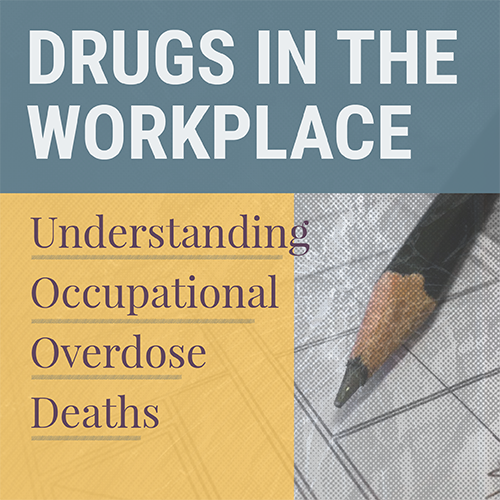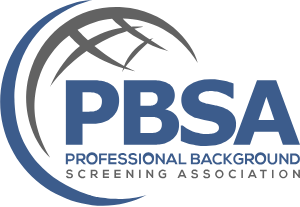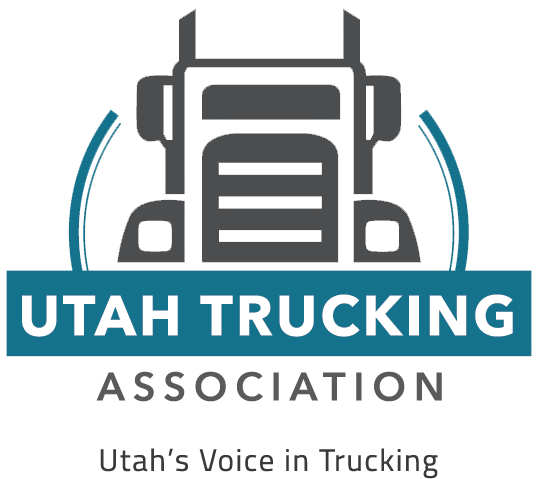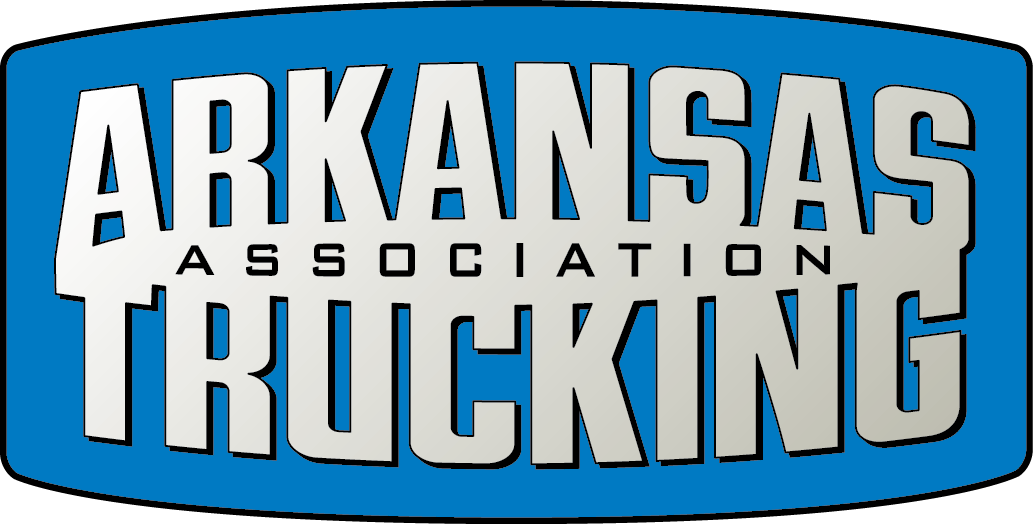US Drug Test Centers Blog
Understanding DOT Drug Testing Regulations
For employers operating in safety-sensitive industries, adherence to Department of Transportation (DOT) drug and alcohol testing regulations isn't just a best practice – it's the law. Failure to comply can result in hefty fines, operational shutdowns, and, most importantly, compromised safety. This comprehensive guide will break down the key aspects of DOT drug testing regulations to help employers navigate this complex landscape effectively.
Who is Covered by DOT Regulations?
DOT regulations apply to employers and employees in safety-sensitive positions across various transportation industries, including:
FMCSA (Federal Motor Carrier Safety Administration): Truck and bus drivers operating commercial motor vehicles (CMVs) in interstate commerce with a gross vehicle weight rating (GVWR) or gross combination weight rating (GCWR) of 26,001 pounds or more, or designed to transport 16 or more people (including the driver), or transporting hazardous materials requiring placarding. FAA (Federal Aviation Administration): Pilots, flight attendants, aircraft mechanics, air traffic controllers, and other safety-sensitive aviation personnel. FRA (Federal Railroad Administration): Locomotive engineers, conductors, signalmen, train dispatchers, and other safety-sensitive railroad employees. FTA (Federal Transit Administration): Bus drivers, subway operators, mechanics, and other safety-sensitive transit workers. PHMSA (Pipeline and Hazardous Materials Safety Administration): Pipeline operators and maintenance personnel involved in the transportation of hazardous materials. USCG (United States Coast Guard): Crew members on commercial vessels. Key Components of DOT Drug and Alcohol Testing Programs:
DOT regulations mandate a comprehensive drug and alcohol testing program that includes several key components:
Written Policy: Employers must have a clear, written policy that outlines the details of their DOT drug and alcohol testing program. This policy must be distributed to all covered employees and should include: - Who is subject to testing - When testing will occur (pre-employment, random, reasonable suspicion, post-accident, return-to-duty, follow-up) - Substances to be tested for (currently a 5-panel drug test: marijuana metabolites, cocaine metabolites, amphetamines/methamphetamines, opioids, and phencyclidine (PCP)) - Procedures for specimen collection and testing - Consequences of testing positive or refusing to test - Employee rights and responsibilities - Provisions for confidentiality - Contact information for program administrators and resources for substance abuse professionals (SAPs). Pre-Employment Testing: Before hiring or transferring an employee into a safety-sensitive position, employers must conduct a pre-employment drug test with a verified negative result. Alcohol testing may also be required.
Random Testing: Employers must conduct random drug and alcohol tests on a percentage of their safety-sensitive employees each year. The minimum annual random testing rates are determined by each DOT agency. These tests must be unannounced and conducted throughout the calendar year. A scientifically valid method must be used for random selections.
Reasonable Suspicion Testing: Employers are required to conduct drug and/or alcohol testing when there is reasonable suspicion to believe that an employee has used a prohibited substance or alcohol on the job, is under the influence, or has violated DOT alcohol misuse rules. Reasonable suspicion must be based on specific, contemporaneous, articulable observations concerning the employee's appearance, behavior, speech, or body odors.
Post-Accident Testing: Following certain accidents involving commercial vehicles or other modes of transportation, DOT-covered employees must undergo drug and alcohol testing. Specific criteria for post-accident testing are outlined by each DOT agency and generally depend on whether the accident involved a fatality, injuries requiring immediate medical treatment away from the scene, or disabling damage to a vehicle requiring tow-away.
Return-to-Duty Testing: Employees who have violated DOT drug and alcohol regulations and have completed the return-to-duty process (including evaluation by a SAP and any prescribed education or treatment) must undergo a return-to-duty drug test with a verified negative result and, if applicable, an alcohol test with a result below 0.02.
Follow-Up Testing: Following a return to safety-sensitive duties after a violation, employees are subject to follow-up drug and/or alcohol testing. The SAP determines the frequency and duration of follow-up testing, which must consist of at least six unannounced tests in the first 12 months of returning to duty and can last for up to 60 months.
The Role of the Substance Abuse Professional (SAP):
The SAP plays a critical role in the DOT drug and alcohol testing program. When an employee violates DOT regulations, they must be referred to a SAP for evaluation, recommendations for education and/or treatment, and a follow-up evaluation to determine if the employee has demonstrated successful compliance with the SAP's recommendations. Employers must maintain a list of qualified SAPs.
Testing Procedures and Laboratories:
DOT drug testing must be conducted using urine specimens and analyzed by laboratories certified by the Substance Abuse and Mental Health Services Administration (SAMHSA). DOT regulations outline specific procedures for specimen collection, handling, and chain of custody to ensure the integrity of the testing process. Alcohol testing is typically conducted using breathalyzers approved by the National Highway Traffic Safety Administration (NHTSA).
Consequences of Violations:
The consequences of violating DOT drug and alcohol regulations can be severe for employees, including removal from safety-sensitive duties, mandatory SAP evaluation and treatment, and potential loss of their commercial driver's license or other professional certifications. Employers also face significant consequences for non-compliance, including fines, legal action, and potential grounding of their operations.
Staying Compliant:
Navigating DOT drug testing regulations requires diligence and attention to detail. Employers should:
Develop and maintain a clear and comprehensive written policy. Ensure all safety-sensitive employees receive and understand the policy. Implement thorough pre-employment, random, reasonable suspicion, post-accident, return-to-duty, and follow-up testing as required. Utilize SAMHSA-certified laboratories and follow proper collection procedures. Ensure timely referral of employees who violate regulations to qualified SAPs. Maintain accurate records of all testing and compliance activities. Stay updated on any changes to DOT regulations issued by the various agencies. Consider partnering with a knowledgeable Third-Party Administrator (TPA) like US Drug Test Centers to help manage their DOT drug and alcohol testing program effectively and ensure compliance. Conclusion:
DOT drug and alcohol testing regulations are designed to ensure the safety of our transportation systems. While the requirements can be complex, understanding the key components and adhering to them diligently is paramount for employers in safety-sensitive industries. By prioritizing compliance and leveraging resources like experienced TPAs, employers can navigate the DOT landscape successfully, fostering a culture of safety and responsibility within their organizations.


